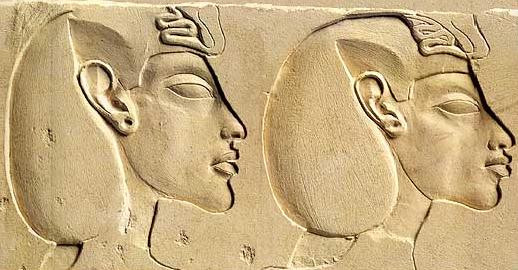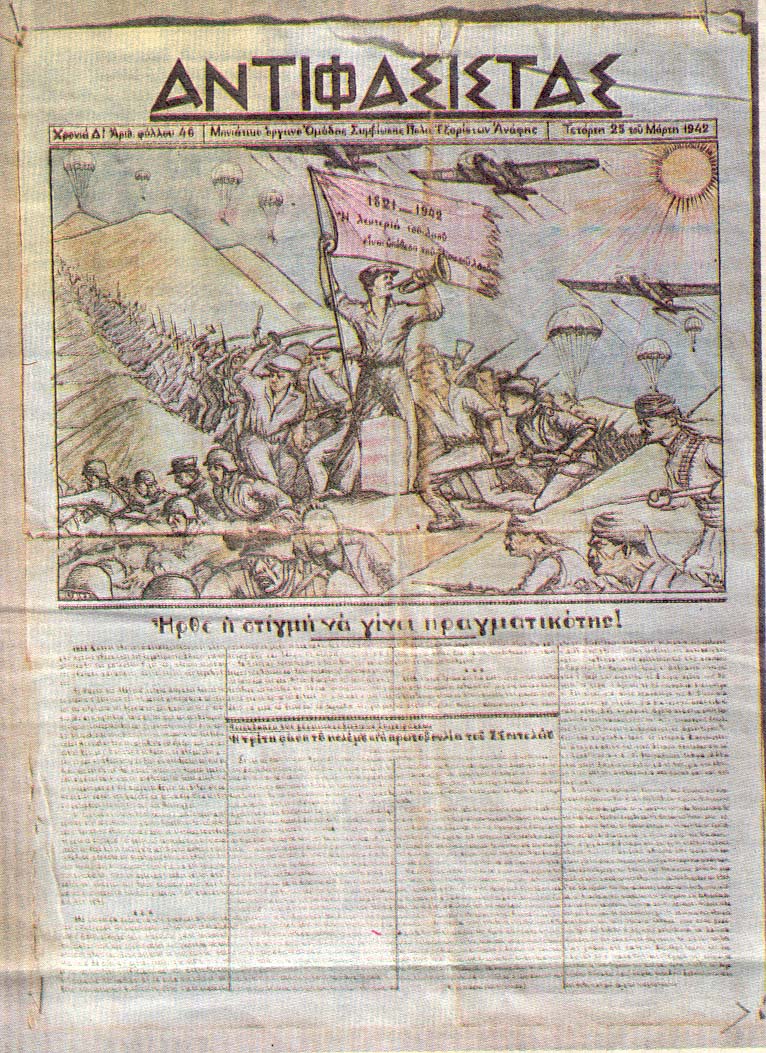δ
HERE IS THE PAST
Here is the past and all its inhabitants miraculously sealed as in a magic tank; all we have to do is to look and to listen and to listen and to look and soon the little figures — for they are rather under life size — will begin to move and to speak, and as they move we shall arrange them in all sorts of patterns of which they were ignorant, for they thought when they were alive that they could go where they liked; and as they speak we shall read into their sayings all kinds of meanings which never struck them, for they believed when they were alive that they said straight off whatever came into their heads. (Virginia Woolf, I Am Christina Rossetti, in Collected Essays, The Hogarth Press, 4: 54-60, London, 1967.)
THE DARK PRECURSOR 3
[from Dark Precursor 1] What was this “μέλαν χάος”, this black chaos the Argonauts crossed silently just before Anafi was revealed to them by Apollo’s lightning?
[from Dark Precursor 2] There is always a Dark Precursor that no one can see and then there is the lightning that brings the light.
According to Deleuze, before “the visible event occurs”, “potentialities enter into a state of reaction.” There are many different ways to try and experiment with Deleuze’s notion of Dark Precursor and here we will try to see it through the lens of Quantum Mechanics.
For this we need to start with light itself. What is light? Many people tried to give an answer to this question, starting with Aristotle and Democritus, through Descartes and Newton, to Maxwell, Planck, and Einstein. There are two main theories about the nature of light: light as particle, and light as wave.
One can perform a simple experiment (the double-slit experiment) that actually shows that one needs to accept that light behaves both as particles and as waves. The resolution to this conundrum is given by quantum mechanics that postulates that light, or any quantum system, is described by what is called a wave-function.
The wave function describes the conditions according to which a light particle can appear somewhere in space the moment an observer interacts with the system. In other words, light lives in a state of potentialities (as in Deleuze’s Dark precursor or in Apollonius’s Pall of Darkness) before these potentialities enter in a reaction with an observer (another quantum system) in order to produce a visible particle/event at a certain time in a certain space. This is the moment of passage from the virtual to the actual, two irreducible states, two states describing the real.
The observation of the wave-function of a quantum system affects the state of the observed (light passes from a virtual state of a wave to an actual light particle) and its outcome is inherently contingent. It is not that we do not know yet the “real” state and we only learn it when we observe the system, rather the system is in a virtual field of possibilities and actualizes itself only when interacting with the observer. There is neither a hidden reality nor a revelation of a transcendent truth.
Going back to the Argonauts, before the apparition of Anafi, Apollonius describes that “black chaos descended from heaven, or haply some other darkness came, rising from the nethermost depths. And the heroes, whether they drifted in Hades or on the waters, knew not one whit.” In other words, the Argonauts were floating in a field of potentialities, where the possibility of being dead and that of being alive were both real. It was not until Apollo shed the light to reveal Anafi, until the lightning that followed the Dark Precursor, that the Argonauts became alive. (Iordanis Kerenidis’s notes, quoting Deleuze, Apollonius Rhodius and quantum mechanics textbooks.)
AKHENATEN AND SMENKHKARE
Faced with the remains of an extinct civilization, I conceive analogically the kind of man who lived in it. But the first need is to know how I experience my own cultural world, my own civilization. The reply will once more be … that I interpret their behaviour by analogy with my own. (Merleau-Ponty, Phenomenology of Perception, 348, Routledge, London, 1962.)
COUNTER-SITES AND COUNTER-TIMES
In the summer of 1994, an archive of handwritten newspapers was discovered from a commune of political exiles living on the Greek Cycladic island of Anafi during the dictatorship of General Ioannis Metaxas (1936–1941) and the Axis Occupation (1941–1943). The newspapers were found during cleaning-up operations after a summer flash-flood damaged the contents of three underground floors of the headquarters of the Communist Party of Greece (KKE) in the Athenian suburb of Perissos. (…)
The Greek exile communes attempted to create counter-sites and counter-times in putting into practice their ideological and political conceptions of communal living, of the sharing of labor and skills, of gender and class equality in a place defined by the authorities as a kind of open prison, thus subverting the authorities’ aims and realizing some of their own. Within the double heterotopia of the exile commune, handwritten newspapers offered yet another counter-site. Here the terms of news reporting, whether of local commune interest or of national and international events, and the terms of political and theoretical comment and debate, could be set freely, or apparently so. There was certainly freedom from the kinds of censorship experienced in the wider society and yet, as some examples of parody discussed below demonstrate, there was another kind of censorship because the terms of debate were defined by those who organized the commune (and some members resisted these definitions and created their own deviant heterotopia). (Margaret E. Kenna, “Conformity and Subversion: Handwritten Newspapers from an Exiles’ Commune, 1938– 1943,” Journal of Modern Greek Studies, 26, 115–157, 2008.)
February 2017


